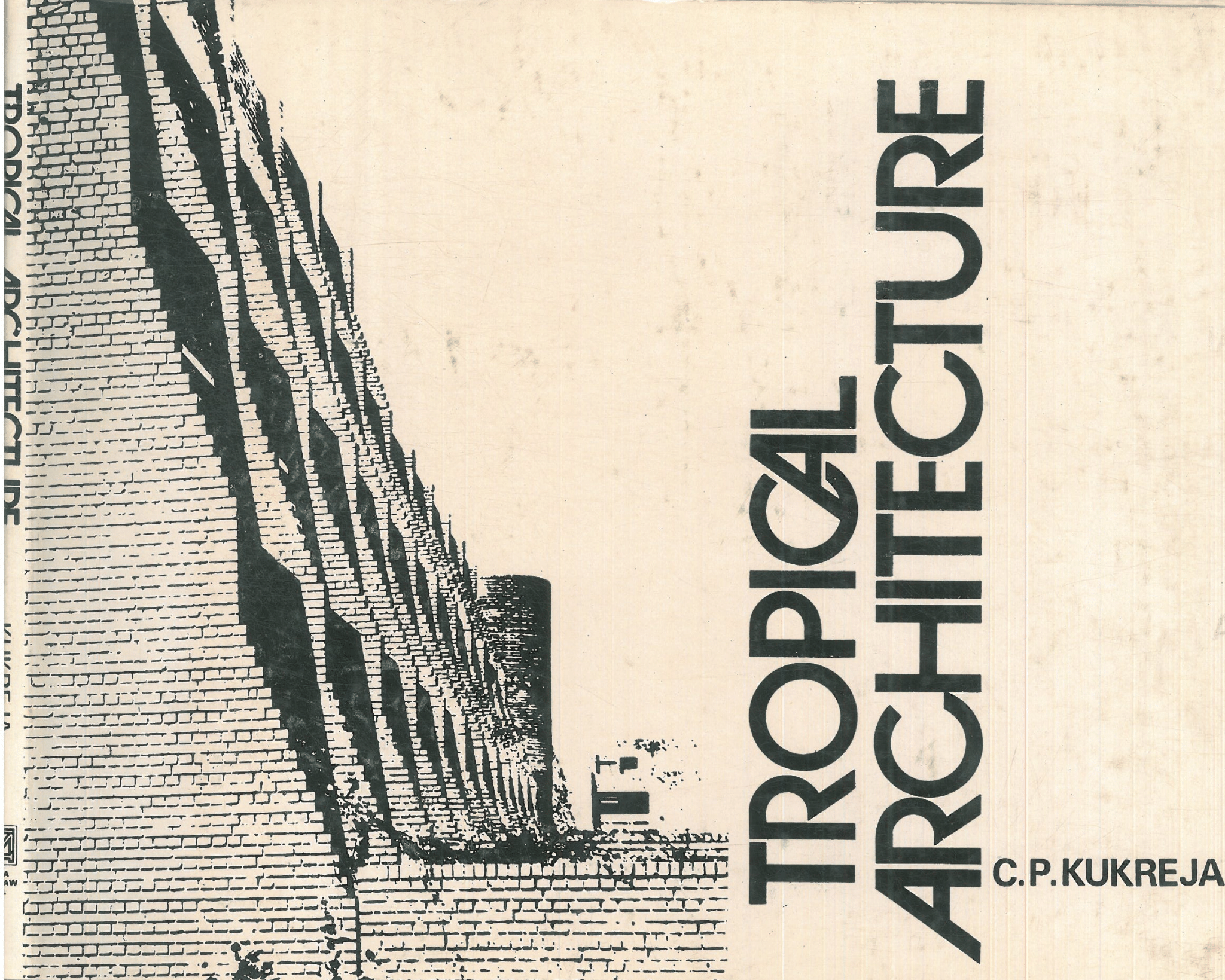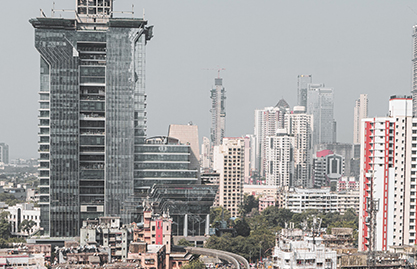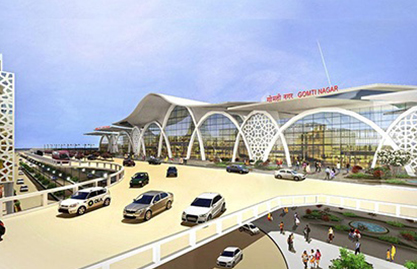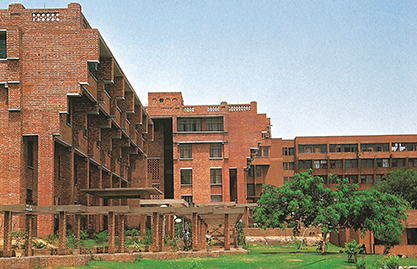Changing Architectural Scenario In the Country - Part I
Architectural publications in the form of magazines, peer-reviewed journals, and periodicals have played a crucial role in keeping the fraternity and professionals and students from allied fields aware of the trends, practices and explorations in the world of architecture. They have bridged the gaps and continued to be knowledge-sharing platforms. From the latest news in the field of Design, Architecture, Engineering and Construction to the discourse on their practice – there have been many Indian Publications that have enjoyed visibility in the libraries of architectural institutions and offices. Architecture + Design (commonly known as A+D) is one such magazine that architects have been reading for the last four decades. The founder of our practice, Mr C P Kukreja, along with others, was instrumental in conceiving the idea of this magazine which is celebrating its 40th anniversary this month.
On this occasion, we are presenting a two-part blog series that takes the readers through an article he wrote for the magazine for its Jan-Feb issue in 1992 about the shifting architectural scenario in the country. The first part explores how professional architectural practice came into being in India and how this led to the modernisation of its built environment.
Rise of the ‘Architect’ as a Designer of Indian Urbanscape
The social expression of India—its culture and architecture, portrays how its people have assimilated foreign elements that changed the country’s urbanscape through history. One such major absorption of traits regarding the design of the built environment appeared in the colonial period when the very act of ‘designing’ was introduced, alongside ‘on-site’, on an ‘architect’s drawing board’. Hence the architect emerged as one of the major contributors and, in fact, the chief designer of any built environment. The act of appointing an architect to render his ideas and visualisation of any project has been one of the chief determinants of practising in the construction industry since then till the present time. Professional practice and services in imaging the built environment gradually came to be known as a profession called ‘Architectural Design practice’ in India.
Legacy of Architectural Practice Trends in a ‘Modernising’ India
Starting with the Europeans, particularly the British, Indian architectural design methods gradually became more reliant on a single person's vision for the imagination of any building design – that person was the ‘architect’ whose role was becoming increasingly significant in the building design industry. This fact particularly bolds its appropriateness in the shaping of modern Delhi by architects like Herbert Baker and Edwin Lutyens under the British Raj. Herbert Baker, the architect of the Indian Parliament and Secretariat buildings around Viceroy’s Residence (now Rahstrapati Bhawan) once declared that in two thousand years there must be an Imperial Lutyens’ tradition in Indian architecture.
The above-said statement reflected his confidence in Indian culture, which he knew would absorb such a new design trend as a significant development in the country's architecture in modern times. Furthermore the absorption of such International design trends was stressed in the post-colonial, modern imagination of the Indian urbanscape through Le Corbusier’s design of Chandigarh. Such bold interventions of the Western methods of design carried out in the Indian context necessarily brought in the concept of an ‘architect’s imagination’ of a built environment through technical drawings, which became the most reliable, respectable and almost the one and only method of design implementation for any project.
Gradually an ‘architect’ became a major personality in the construction and design industry and ‘architectural practice’ a major profession in the urban development of the Indian landscape. Architects like Achyut P Kanvinde, Raj Rewal, Charles Correa, BV Doshi, J.A. Stein, Louis Kahn, Anant Raje, Laurie Baker, Uttam C.Jain, Hasmukh C Patel tremendously contributed to this movement. In fact, the act of envisioning a new physical expression for the built environment and, in turn, the social identity of the country gained such importance in the post-independence period that amidst civil engineers, site engineers, builders, clients and every personnel involved in implementing a design on site, the architects gained maximum attention and went on ahead to become ‘brand’ names in the building industry. The ‘star-chitect’ phenomena visible in the Western world thus also had its influence in rapidly modernising India, with the above said names becoming visionaries, envisioning the face of modern India.
Some of the major visions, or rather, philosophies which became celebrated in this period were a hybrid of the traditional expression and that of the modern; the expression of social aspirations and ambitions in physical design, vernacular materials, and building elements and typologies enhancing modern art and form. All in all, the architecture of modern India promised to be future-seeking without letting go of the spirituality of its deep cultural roots. The binary of ‘tradition’ and ‘modernity’ was expressed in the 3 ‘ty-s of architecture (Beau-ty, Utili-ty and Stabili-ty), which essentially reverberated the ambitious soul of the growing nation that had been nurturing the nascent vigour for development since the day it achieved its independence.
Read Also: Changing Architectural Scenario In the Country - Part II








